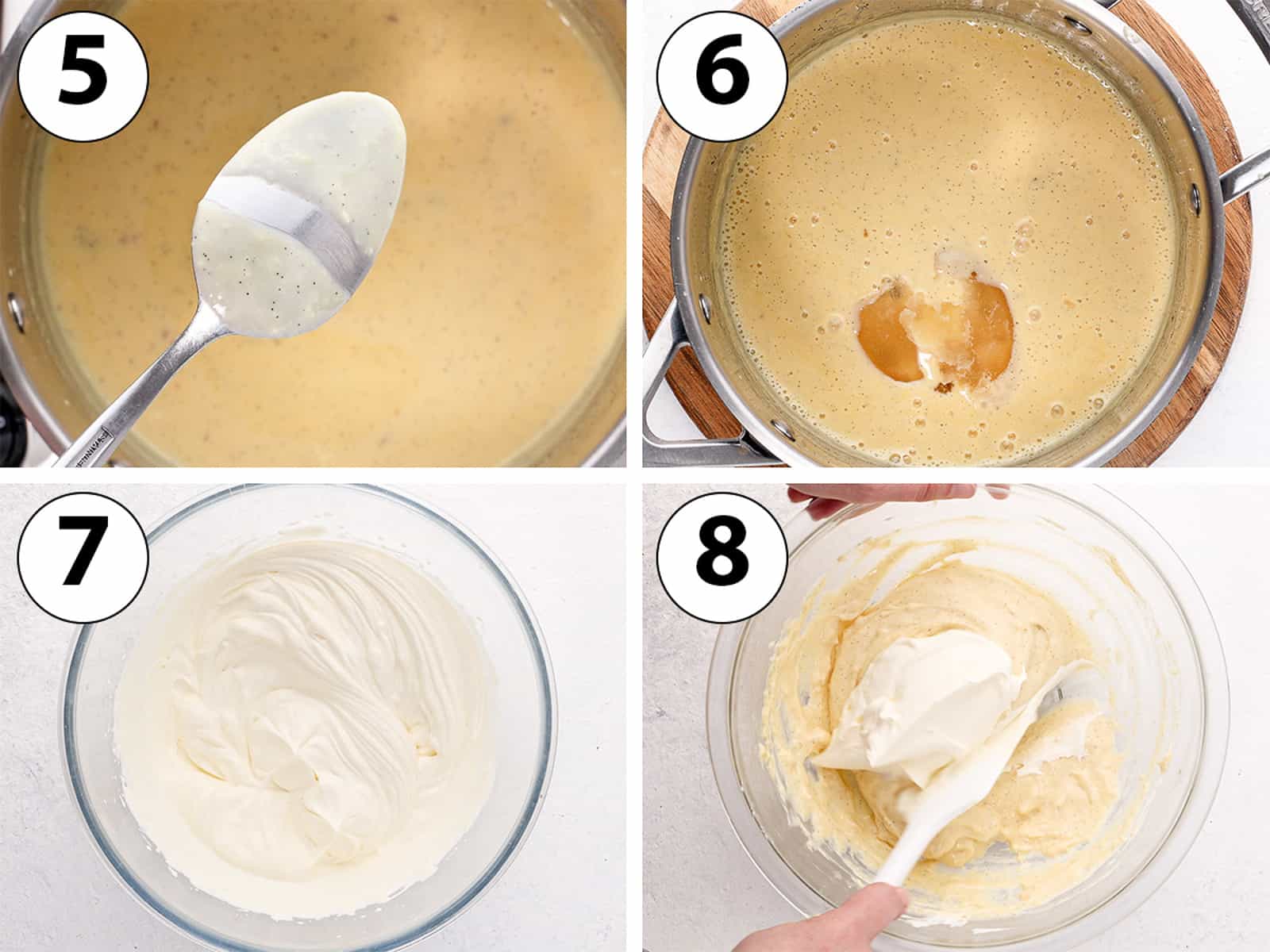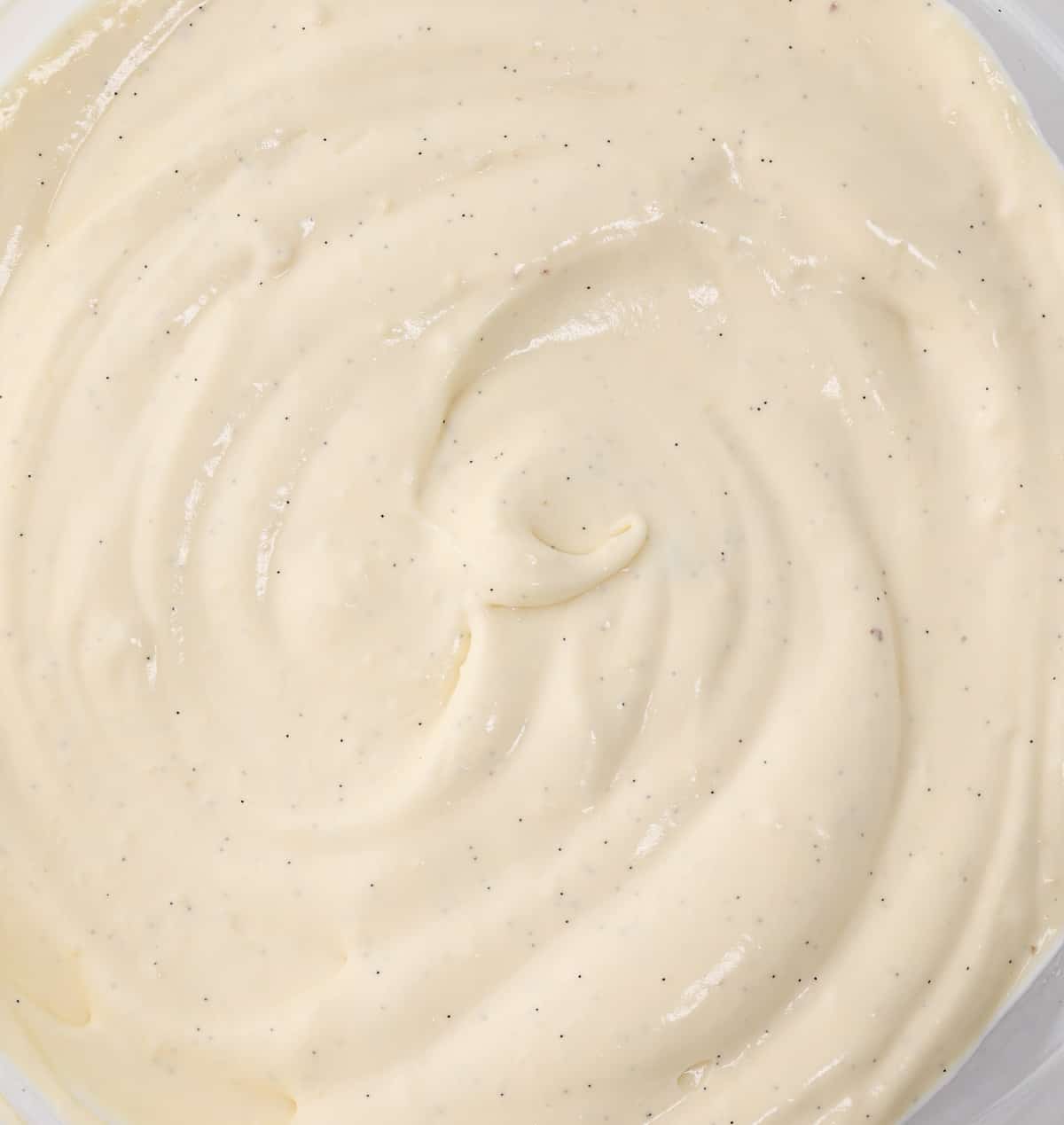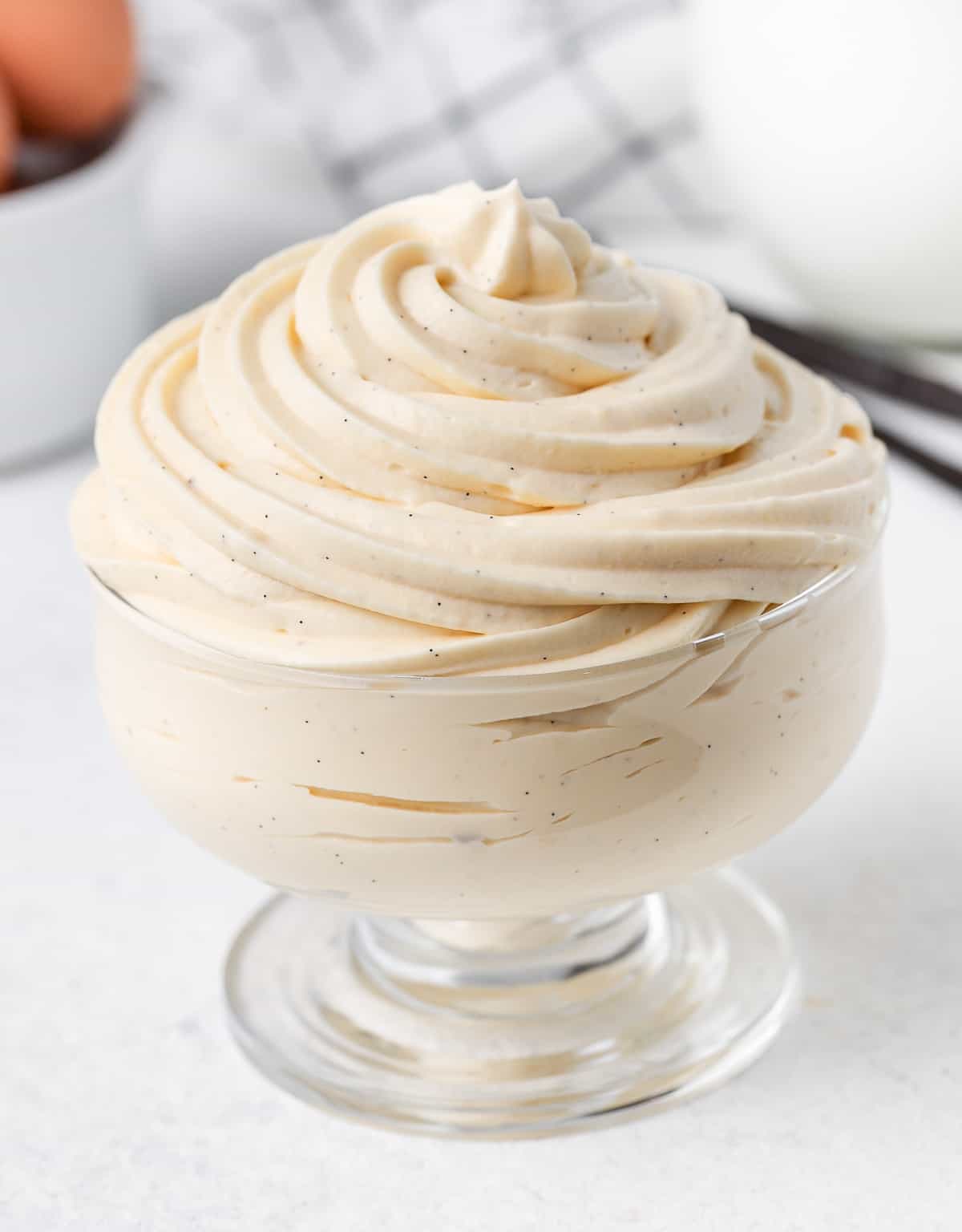Bavarian cream, a delectable confection renowned for its velvety texture and rich vanilla flavor, is a versatile culinary creation that can elevate cakes, pastries, and desserts to new heights. Understanding the proper storage techniques for Bavarian cream is crucial to maintain its freshness and prevent spoilage. This comprehensive guide will delve into the intricacies of refrigerating Bavarian cream, exploring its shelf life and providing valuable tips to ensure its optimal preservation.
Refrigeration Guidelines
Once opened, Bavarian cream should be promptly refrigerated to maintain its quality and prevent bacterial growth. The ideal storage temperature for Bavarian cream is between 32°F (0°C) and 40°F (4°C). At these temperatures, Bavarian cream can retain its freshness for several days.
Refrigeration Duration
The refrigeration duration of Bavarian cream varies depending on its packaging and storage conditions.
Unopened Bavarian Cream:
- Refrigerated: Unopened Bavarian cream can be stored in the refrigerator for up to 2 weeks.
- Frozen: Unopened Bavarian cream can be frozen for up to 6 months.
Opened Bavarian Cream:
- Refrigerated: Opened Bavarian cream should be consumed within 3 to 5 days.
- Frozen: Opened Bavarian cream can be frozen for up to 2 months.
Tips for Optimal Preservation
- Airtight Containers: Store Bavarian cream in airtight containers to prevent moisture loss and contamination.
- Minimize Exposure to Air: When scooping Bavarian cream, use a clean spoon and minimize exposure to air to prevent oxidation.
- Thaw Gradually: If freezing Bavarian cream, thaw it gradually in the refrigerator overnight before using. Avoid thawing at room temperature, as this can promote bacterial growth.
- Discard Spoiled Cream: If Bavarian cream develops an off-odor, changes color, or shows signs of mold, discard it immediately.
Proper refrigeration is essential to extend the shelf life of Bavarian cream and maintain its delectable qualities. By adhering to the guidelines outlined above, you can ensure that your Bavarian cream remains fresh and flavorful for days to come. Remember to store Bavarian cream in airtight containers, minimize exposure to air, thaw gradually, and discard any spoiled cream. With these simple yet effective practices, you can savor the delights of Bavarian cream with confidence and peace of mind.
Why we love this recipe
Made with just 6 basic ingredients, this delicate and incredibly versatile Bavarian Cream is incredibly light and creamy, making it one of the most delicious cream fillings or desserts you’ll ever make!
Folding in the Whipped Cream

- Picture 5: Cook over low heat for 5 to 10 minutes, or until cream thickens. To prevent the custard from burning at the saucepan’s bottom, be sure to stir it constantly. Dont let the mixture boil or the eggs will curdle.
Use a thermometer to check when the custard is cooked through; it should reach 82 degrees Celsius, or 180 degrees Fahrenheit, or you can dip the back of a spoon into the mixture to determine when it is done. The spoon should be covered in custard, and if you dip a knife into the liquid and then lift it up, the line should remain visible.
- Picture 6: Combine the gelatin powder and cold water in a small bowl. When thickened, whisk the gelatin mixture until it dissolves completely before adding it to the heated custard.
- Pour the custard into a well-kept large bowl or shallow dish, and cover the surface with plastic wrap. Put in the refrigerator for thirty to sixty minutes to let it cool. It shouldnt feel warm to the touch anymore.
If the custard and gelatin have begun to set, whisk it vigorously to loosen it. If it’s fully set, you could try using an immersion blender to blend it slowly.
- Picture 7: Transfer the chilled Heavy/Thickened Cream to a sanitized bowl (or stand mixer bowl). Whip until it reaches stiff peaks.
- Picture 8: Fold the whipped cream into the custard three or four times, slowly and gently.
Pour straight into silicone molds or serving cups for dessert, then refrigerate for at least two hours to set. Serve with a fruit compote or coulis.
The bavarian cream can be used immediately or refrigerated until needed for use as a filling for pastries (such as inside a tart or to stuff Cream Puffs). Loosen with a spatula or whisk before using.
Before using, refrigerate the cream for about two hours to set if it will be piped or needs to be sufficiently stiff to hold its shape, like a cake filling.

Gelatine is used to thicken the Crème Anglaise base (milk, sugar, egg yolks, and vanilla), while whipped cream is used to lighten it. Similar to Crème Anglaise, Pastry Cream (also known as Crème Pâtissière) is thickened over the stove with cornstarch (or occasionally flour). It is richer and not as stable as a Bavaroise.
The classic bavarian cream is flavoured with Vanilla. Because whipped cream is added, the rich flavor of a traditional custard is enhanced, making it taste lighter and creamier.
It depends how you plan on using the cream. The cream needs the gelatine as a stabiliser if it is to be served as a dessert (set inside a mold), piped, or used as a cake filling like inside this Strawberry Charlotte Cake. If you were to use the cream filling inside pastries (such as for Choux au Craquelin) or for any other application where the cream wouldn’t need to hold its shape well, you could throw away the gelatine.

- Grainy or lumpy custard base: this typically occurs when the temperature gets too high and the egg yolks begin to curdle. To get rid of big lumps, strain the custard through a fine-mesh strainer. As a last resort, break up the lumps with an immersion blender running on very low speed.
- The custard has fully set in the refrigerator; ideally, you shouldn’t let it do so before combining it with the whipped cream. Once the custard reaches room temperature, you can fold in the whipped cream. If the gelatin has solidified, whisk the custard vigorously to break it up. As a last resort, smooth it out with an immersion blender set to very low speed.
- The bavarian cream is extremely soft; either the gelatin wasn’t completely dissolved or the whipped cream wasn’t folded in and deflated enough, or it needs to be refrigerated for longer. To make the bavarois more stable, you may want to slightly increase the amount of gelatine and/or whipped cream, depending on how you intend to use the cream.
Bavarian Cream (Crème Bavaroise)
FAQ
How long do bavarian cream donuts last?
Can you freeze bavarian cream filling?
What’s the difference between bavarian cream and custard?
What is the shelf life of Henry and Henry fillings?
How long does Bavarian cream last?
Used as a cake filling: for layer cake or entremets like this Strawberry Charlotte Cake, Lemon Meringue Cake or Chocolate Bavarian Cake. The cream should be stored in the fridge in an air tight container or bowl / jar, covered with plastic wrap touching its surface. It will last for up to three days. I don’t recommend freezing bavarian cream.
Can Bavarian cream be refrigerated?
You can keep the Bavarian cream refrigerated for several hours but you should consume it on the same day that you make it. In addition to making Bavarian cream a stand-alone dessert, you can use it as a filling for cream puffs, donuts and eclairs. Step 1. Add frozen raspberries, sugar and lemon juice to a saucepan. Step 2.
How do you store Bavarian cream?
Drizzle the sauce over the Bavarian cream and top with a dollop of whipped cream. Store Bavarian cream in the refrigerator but consume on the same day you make it. How long does it keep? You can keep the Bavarian cream refrigerated for several hours but you should consume it on the same day that you make it.
Is Bavarian cream easy to make?
Both versions taste absolutely amazing and are easy to make. What’s in Bavarian cream? Bavarian cream is made with eggs, cream, gelatin, sugar and flavorings. You need eggs, heavy cream, gelatin, sugar, vanilla extract, and hazelnut liqueur (if using) to make this Bavarian cream recipe.
